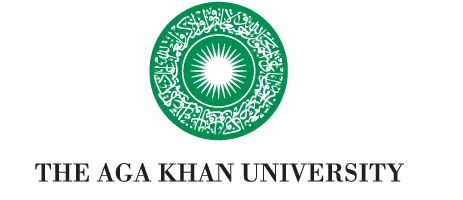He could barely hear anything over the ringing sound echoing in his ears. A tight knot had formed in his throat, his hands felt weird as if they were numb but he knew there was no time to waste. With trembling hands, he cleared blood that was flowing out of the patient's wound. With the pressuring mounting with every passing second, he could feel himself perspiring as a drop of sweat formed and raced down his forehead, at the verge of dripping, his mind was focused on a singular thought “stay calm". However, it was a process easier said than done, as the blood drenched the white gauze colouring it a bright shade of crimson.
He noticed in his peripheral vision as the patient's vitals were rapidly dropping, driving him to a more anxious state. He reminded himself that there was no time to panic, that this young girl's life depended on him. He had to work fast for the whimpering girl in front of him was a victim of a road traffic accident that left her left leg severed below the knee.
He repeated his mantra under his breath “Stay calm, stay focused!" He questioned himself “How would you manage this if it were a real situation?" Gradually, he regained control over his faculties, his body regained its strength, all his knowledge slowly began to seep back into consciousness illuminating his thoughts with protocols and routines. His thoughts became action and he followed the emergency management techniques he had committed to heart. The simulated patient in front of him was now stable, following which he heard the tannoy announcement “The scenario is over".
With the assistance of Dr Rashid Aqeel, faculty from the department of emergency medicine and eight highly motivated medical students, AKU's Centre for Innovation in Medical Education, CIME, have facilitated two days of emergency and trauma management training. Fifteen ER residents were exposed to different scenarios and using medical students as simulated patients resulted in even more empathetic learning for them. The activity highlighted the value of simulation-based learning and increased their understanding of acute trauma management that is vital to treating accident victims in the bustling city of Karachi.
It took two weeks of extensive planning, discussions and brainstorming on the ideas needed to execute during the simulation workshop. Not only were all the faculty involved quite excited, but also anxious: could this workshop be pulled off? Would it be successful? Such long hours had been put in to formulate and conduct the scenarios.
The first day started off with hectic preparations for the simulations. The students assisting organised themselves into their roles as trauma patients. Zoha a 3rd-year Medical College student expertly applied moulage and the use of fake blood also added to the simulation. Modelled amputated leg stumps, burns, and gunshot stickers were expertly positioned.
The patients were ready, the blood was filled, the gurney was set, and all that was needed was “lights, camera, action". The participants were 'prepped' on the clinical, technological, and educational context, and given a run-down on the scenario. They were then ready to treat patients as they entered the mock ER.
The students, acting in-lieu of simulated patients, deserved Oscars for their performances. The screams and pains felt real in the observation room. ER residents easily suspended their disbelief and did their best throughout the scenarios, demonstrating their knowledge and exposing areas in need of further development as they treated the trauma patients before them.
The scenarios were evaluated by participants and found to be appropriate. Video-stimulated recall during debriefing touched on affective aspects of performance, communication and leadership skills, as well as technical competencies.
Students as simulated patients found this to be an excellent and enjoyable learning opportunity for them.
Overall, the activity proved to be a successful curricular innovation that faculty are happy to turn into a fixture in CIME's annual calendar.
*This article was updated in May 2020.

